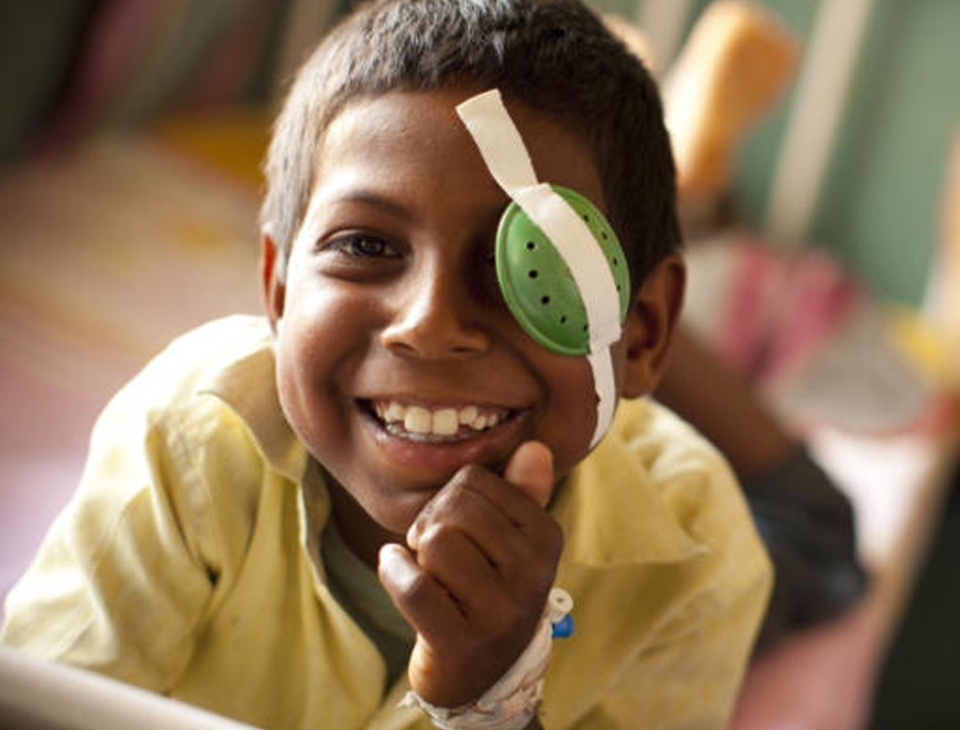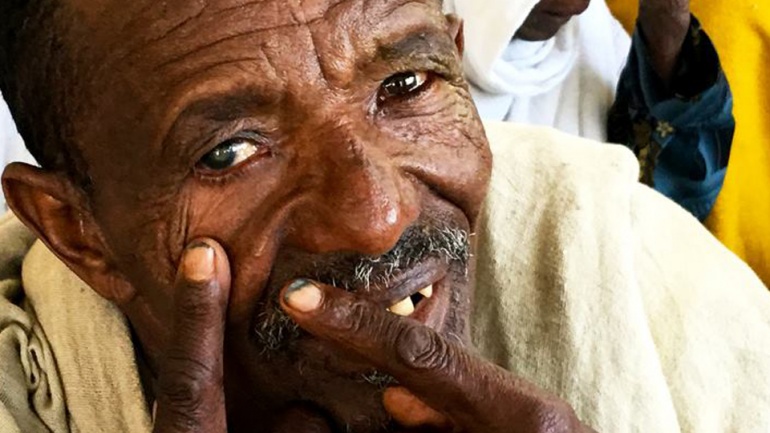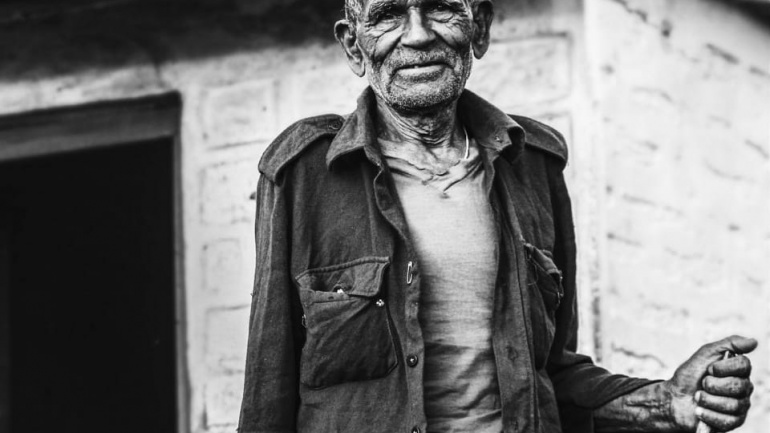Cataract is an avoidable cause of childhood vision impairment and blindness. Globally it is responsible for 5–20% of blindness in children and is a priority for the VISION 2020: Right to Sight Initiative. A recent systematic review on the global burden of childhood cataract reported prevalence estimates ranging from 0.32 to 22.9 per 10000 children. Although a treatable condition, previous research from India indicates that about half of the children in schools for the blind suffer from potentially preventable and/or treatable conditions with cataract being one of the leading causes.
Untreated cataracts in children lead to tremendous social, economic and emotional burden to the child, family, and society. Blindness related to paediatric cataract can be treated with early identification and appropriate management. Most cases are diagnosed on routine screening whereas some may be diagnosed after the parents have noticed leukocoria or strabismus.
Cataracts that emerge after birth are caused when growth parameters are poor. Malnourished children are more prone to early cataracts. A cataract is a hazy cloud over the retina that blocks vision. In children, where vision-related brain development happens within months of birth, a surgery to remove cataract becomes necessary.
Recent studies confirm that time-to-surgery for childhood cataract remains a major problem in India. The factors contributing to this include gender, laterality and also local health service factors. Region-specific efforts are required from all stakeholders in the community to ensure children with cataract receive timely surgical services to reduce blindness and vision impairment caused by cataract so that they may achieve their full visual potential. NDCFS Foundation is identifying the barriers to treatment for childhood cataract in India and working towards eliminating them.



